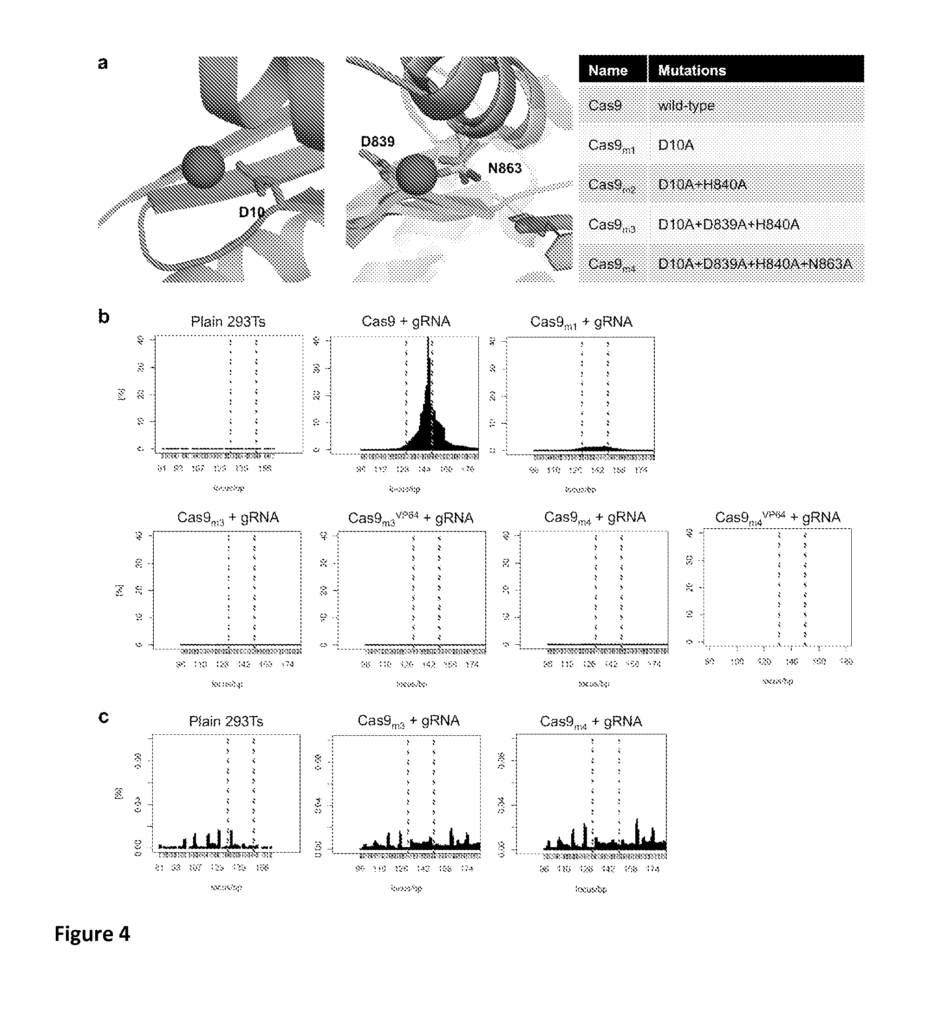Expanding Gene Editing Possibilities with Orthogonal Cas9 Technology
Introduction
Gene editing has emerged as one of the most transformative tools in modern biotechnology, allowing scientists to precisely modify DNA sequences and regulate gene expression. While CRISPR-Cas9 systems have revolutionized genetic engineering, limitations remain when it comes to editing multiple genes simultaneously or avoiding off-target effects. Our patented orthogonal Cas9 proteins offer a significant advancement, enabling RNA-guided gene regulation and editing with enhanced precision and flexibility. By providing orthogonal (non-interfering) Cas9 systems, this technology opens the door to more complex genetic modifications, making it an ideal tool for researchers and companies involved in advanced gene editing and therapeutic development.
Current Challenges in Gene Editing Systems
CRISPR-Cas9 technology has made significant strides in enabling precise gene editing across various organisms. However, traditional CRISPR-Cas9 systems rely on a single type of Cas9 protein, which can limit the ability to simultaneously target and edit multiple genes within the same cell. Additionally, issues with off-target effects—where unintended regions of the genome are modified—remain a concern, particularly in therapeutic applications where precision is critical.
For researchers, scientists, and biotechnology companies aiming to push the boundaries of genetic editing and create multi-gene modifications, there is a growing need for more sophisticated systems that can handle complex genomic tasks without interference or off-target risks.
Orthogonal Cas9 Proteins: Precision and Flexibility
Our orthogonal Cas9 technology introduces a new dimension to gene editing by utilizing multiple Cas9 proteins that operate independently within the same cell. These proteins are orthogonal to each other, meaning they do not interfere with one another’s function, allowing for simultaneous targeting and editing of multiple genes with distinct RNA guides. This system provides a powerful tool for complex genetic modifications, offering researchers the ability to edit multiple genes or regulate several pathways in parallel with greater control and reduced risk of off-target effects.
In therapeutic applications, the use of orthogonal Cas9 proteins allows for more targeted treatments, especially for complex genetic disorders where multiple genes need to be regulated or modified. This technology is also ideal for agricultural biotechnology, where it can be applied to enhance crop traits, improve pest resistance, or accelerate breeding programs through precise gene editing.
Key Benefits
- Multi-Target Capability: Enables simultaneous editing or regulation of multiple genes within the same cell, expanding the potential for complex genetic modifications.
- Reduced Off-Target Effects: Orthogonal proteins ensure that edits are more specific, minimizing unintended changes in the genome.
- Versatile Applications: Applicable in research, therapeutic development, and agricultural biotechnology, making it a powerful tool for various industries.
- Enhanced Precision in Genetic Engineering: Provides researchers with greater control over gene editing and regulation, ensuring higher fidelity in outcomes.
Paving the Way for Next-Generation Gene Editing
Licensing this orthogonal Cas9 technology offers companies in biotechnology, pharmaceuticals, and agriculture the opportunity to leverage a powerful and flexible tool for advanced genetic editing. With its ability to target multiple genes simultaneously while minimizing off-target effects, this technology is poised to elevate the possibilities of gene editing and therapeutic development across multiple fields.

- Abstract
- Claims
The invention claimed is:
1. A cell in culture comprising
Share
Title
Orthogonal Cas9 proteins for RNA-guided gene regulation and editing
Inventor(s)
George M. Church, Kevin M. Esvelt, Prashant G. MALI
Assignee(s)
Harvard College
Patent #
10329587
Patent Date
June 25, 2019
